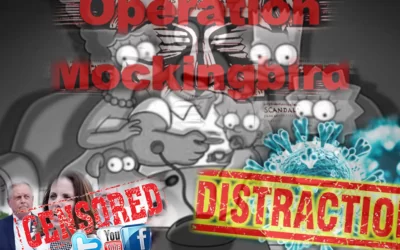The Next Generation Identification programme will include a nationwide database of criminal faces and other biometrics
“FACE recognition is ‘now’,” declared Alessandro Acquisti of Carnegie Mellon University in Pittsburgh in a testimony before the US Senate in July.
It certainly seems that way. As part of an update to the national fingerprint database, the FBI has begun rolling out facial recognition to identify criminals.
It will form part of the bureau’s long-awaited, $1 billion Next Generation Identification (NGI) programme, which will also add biometrics such as iris scans, DNA analysis and voice identification to the toolkit. A handful of states began uploading their photos as part of a pilot programme this February and it is expected to be rolled out nationwide by 2014. In addition to scanning mugshots for a match, FBI officials have indicated that they are keen to track a suspect by picking out their face in a crowd.
Another application would be the reverse: images of a person of interest from security cameras or public photos uploaded onto the internet could be compared against a national repository of images held by the FBI. An algorithm would perform an automatic search and return a list of potential hits for an officer to sort through and use as possible leads for an investigation.
Ideally, such technological advancements will allow law enforcement to identify criminals more accurately and lead to quicker arrests. But privacy advocates are worried by the broad scope of the FBI’s plans. They are concerned that people with no criminal record who are caught on camera alongside a person of interest could end up in a federal database, or be subject to unwarranted surveillance.
The FBI’s Jerome Pender told the Senate in July that the searchable photo database used in the pilot studies only includes mugshots of known criminals. But it’s unclear from the NGI’s privacy statement whether that will remain the case once the entire system is up and running or if civilian photos might be added, says attorney Jennifer Lynch of the Electronic Frontier Foundation. The FBI was unable to answer New Scientist‘s questions before the magazine went to press.
The FBI hasn’t shared details of the algorithms it is using, but its technology could be very accurate if applied to photographs taken in controlled situations such as passport photos or police shots.
Tests in 2010 showed that the best algorithms can pick someone out in a pool of 1.6 million mugshots 92 per cent of the time. It’s possible to match a mugshot to a photo of a person who isn’t looking at the camera too. Algorithms such as one developed by Marios Savvides’s lab at Carnegie Mellon can analyse features of a front and side view set of mugshots, create a 3D model of the face, rotate it as much as 70 degrees to match the angle of the face in the photo, and then match the new 2D image with a fairly high degree of accuracy. The most difficult faces to match are those in low light. Merging photos from visible and infrared spectra can sharpen these images, but infrared cameras are still very expensive.
Of course, it is easier to match up posed images and the FBI has already partnered with issuers of state drivers’ licences for photo comparison. Jay Stanley of the American Civil Liberties Union urges caution: “Once you start plugging this into the FBI database, it becomes tantamount to a national photographic database.”
SOURCE: NewScientist




